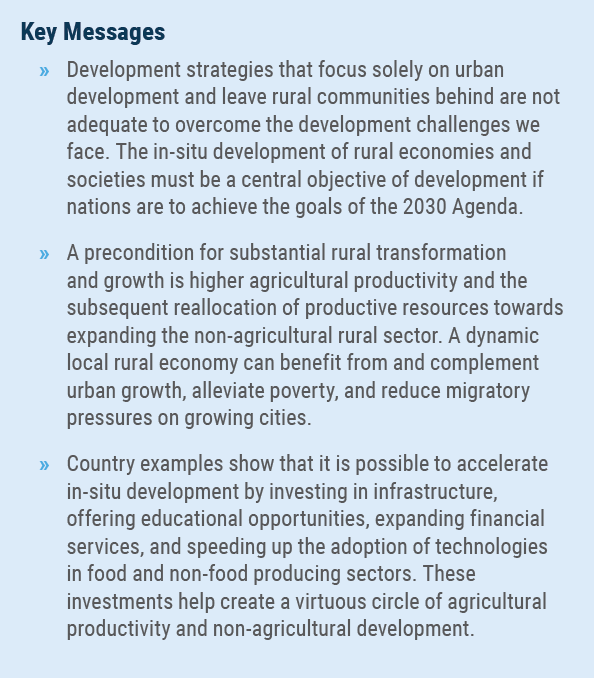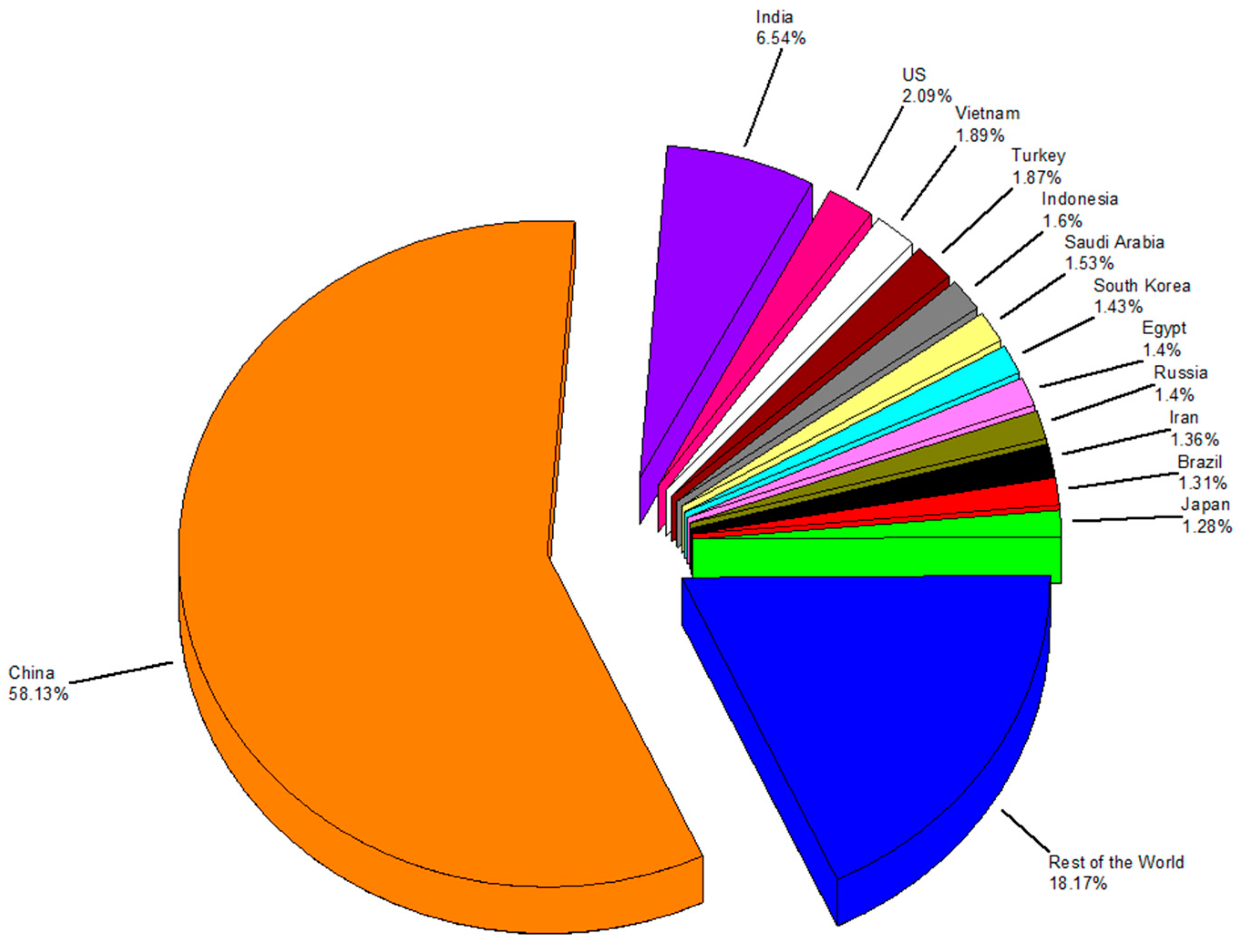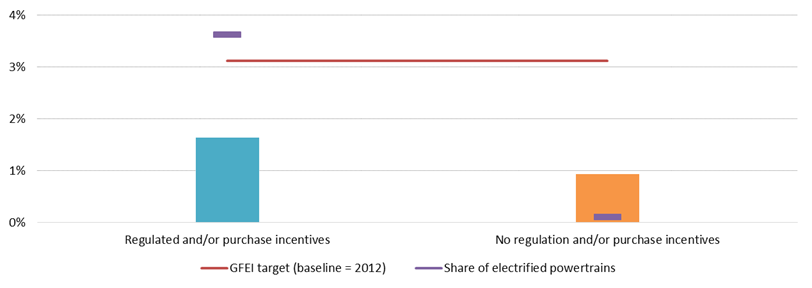
That is, for a worker to be paid more for an hour’s work, the value of that worker’s economic output must increase. The Importance of productivity Growthįor workers to experience rising living standards over any substantial period, labor productivity must also rise. We generally emphasize real wages or compensation because they describe changes in the purchasing power of workers. When differences between the definitions are economically important, we highlight the distinctions and discuss their relevance. Finally, wages can be expressed either in nominal or inflation-adjusted (real) terms, accounting for changes in prices.ĭepending on the question that is being asked and the data that are available, we alternate between these various wage definitions in this document. In different contexts, one might refer to average wages or to median wages, with the latter corresponding more closely to the experience of a typical worker. It can be measured at an hourly, daily, weekly, or annual frequency. Also, unexpectedly high inflation can lead to steep drops in real wages, as in 1980, and unexpectedly low inflation can lead to an increase in real wages, as in 2009.Ī number of different concepts are often lumped together under the term “wages.” It can refer to cash earnings or total compensation, including benefits like health insurance. Over short horizons, wages can be influenced by simple supply and demand for labor: a weaker economy can yield insufficient demand for labor, generating weak wage growth. Real wages fall over some periods because technological progress slows, capital investment weakens, nonwage benefits increase, or because labor receives a diminishing share of economic output. And labor income has to be broadly shared, rather than concentrated at the top.įigure A reflects the many economic forces that contribute to wage trends. They must have adequate bargaining power such that their share of the returns to production remains stable or increases. Workers must become more productive over time. Workers’ productivity, in turn, depends on the human and physical capital used in the production process, as well as how efficiently labor and capital are used.įor the inflation-adjusted compensation paid to a typical worker to rise sustainably, a number of conditions must be met. Wages depend on how productive workers are, the share of economic output that is channeled to compensation, and the division of wage and nonwage compensation (including benefits like health insurance). The economic forces that underlie wage growth-that is, the increase in pay going to typical workers-essentially encompass all aspects of the economy.

It concludes by discussing how public policies can effectively contribute to the growth in wages that is a core part of improving living standards for all Americans.įull introduction What is necessary for broadly shared wage growth?

This document highlights the necessary conditions for broadly shared wage growth, trends closely related to stagnation in wages for many workers, and the recent history of wage growth, with an emphasis on the experience of the Great Recession and recovery. economy has experienced long-term real wage stagnation and a persistent lack of economic progress for many workers.įor more than a decade, The Hamilton Project has offered proposals and analyses aimed at increasing both economic growth and broad participation in its benefits. After adjusting for inflation, wages are only 10 percent higher in 2017 than they were in 1973, with annual real wage growth just below 0.2 percent. One of the best measures economists use to determine Americans’ economic advancement is whether wages are rising, broadly and consistently.

More recently, that expectation has diminished-and with good reason. The expectation of rising living standards, with each generation doing better than the one before, has long been a given.


 0 kommentar(er)
0 kommentar(er)
